Larry Lessig, as always, gave a great keynote speech this morning at LinuxWorld, which touched on many topics, but a key focus was the following idea: that kids will always be creative in whatever medium is available to them. Nowadays, the medium is digital media, and playing with it and remixing it is what they will do, making use of previous creations in much the same way that jazz musicians have always played variations on older themes. It’s foolish, and counter-productive, to try and stop them.
As Hollywood, the RIAA, governments, and others try to stamp out unlicensed use of copyrighted materials, and copyright everything under the sun, in the vain hope of preventing piracy, they are also doing something more serious; they are turning the natural creativity of youth into a criminal act. What does this do, in the long term, to young peoples’ perception of the rule of law?
Anyway, as one of his examples of remixing, he played the rather nice ‘love duet’ between Bush & Blair created by ATMO as part of their ‘Read my lips’ series. It’s only a short clip – I recommend the 4M Quicktime Movie. Very clever.
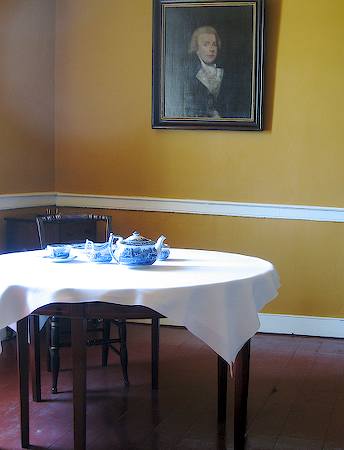
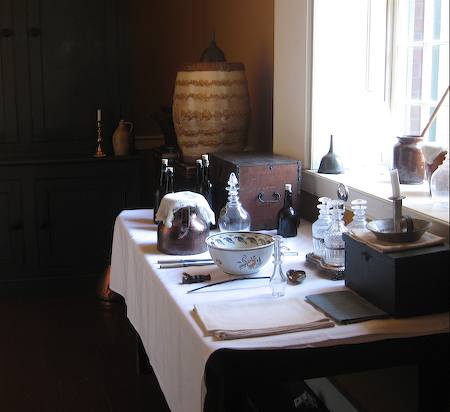
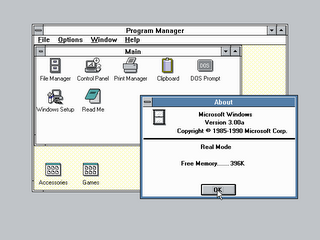
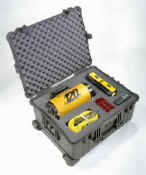
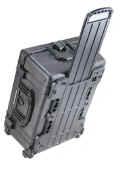
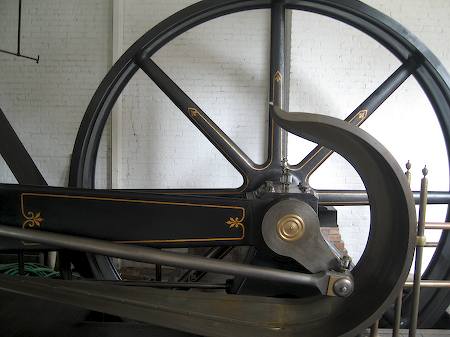
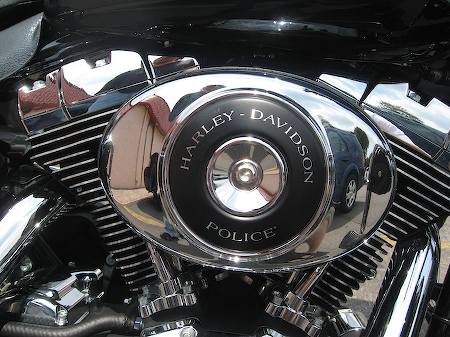

Recent Comments